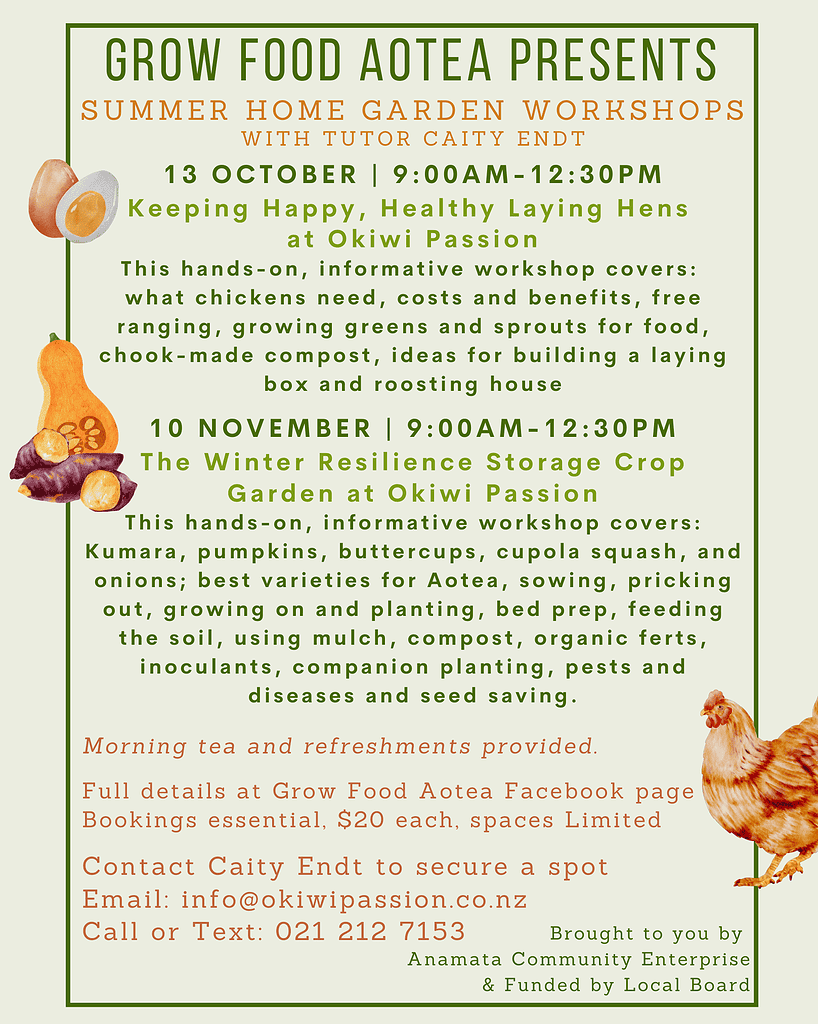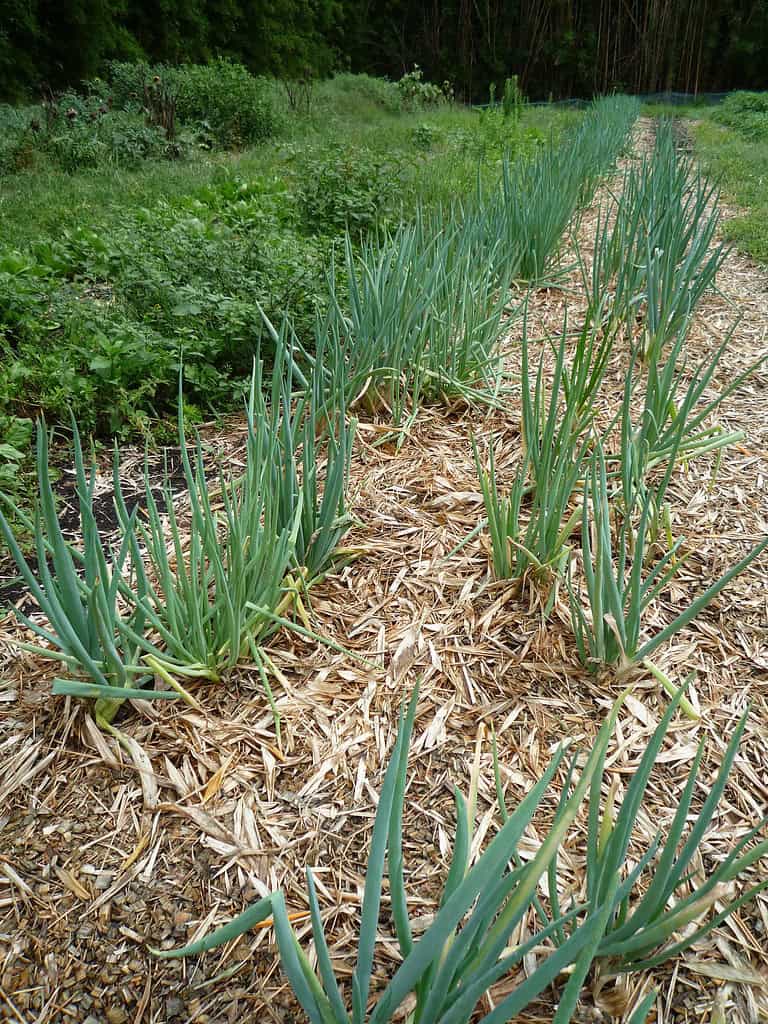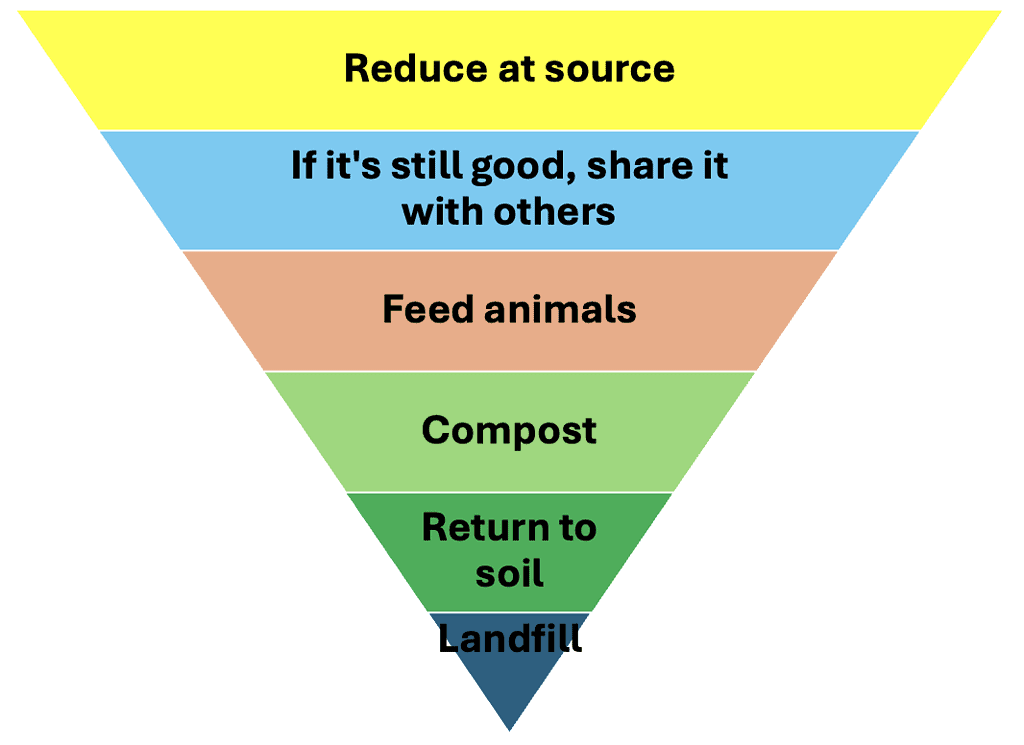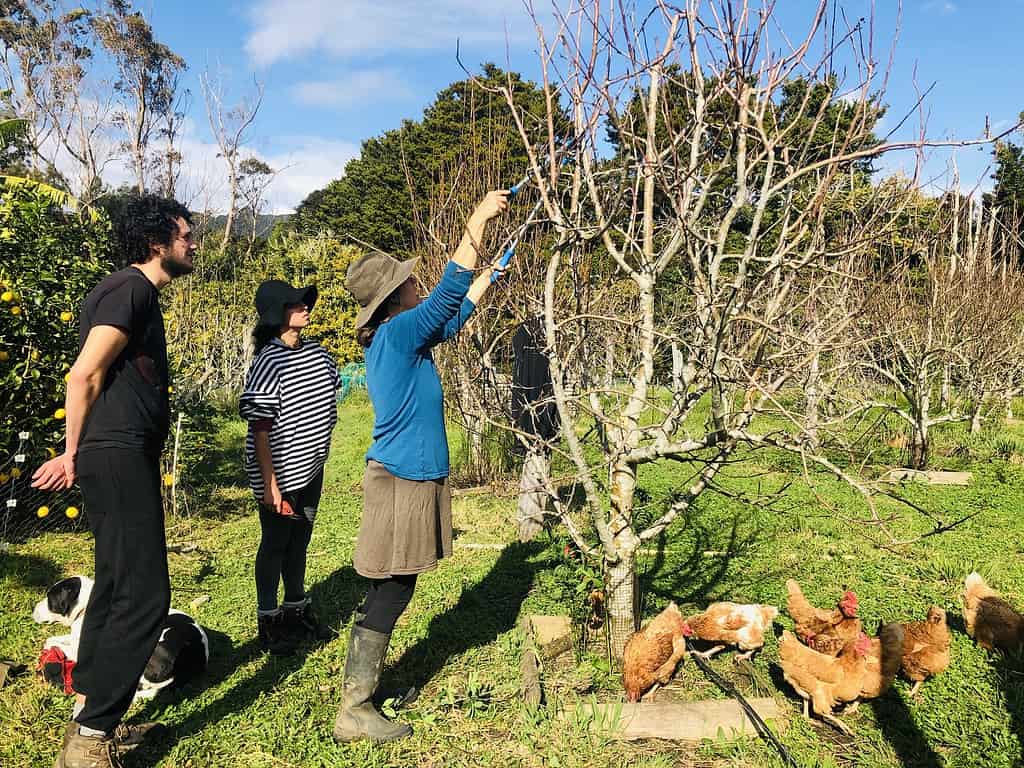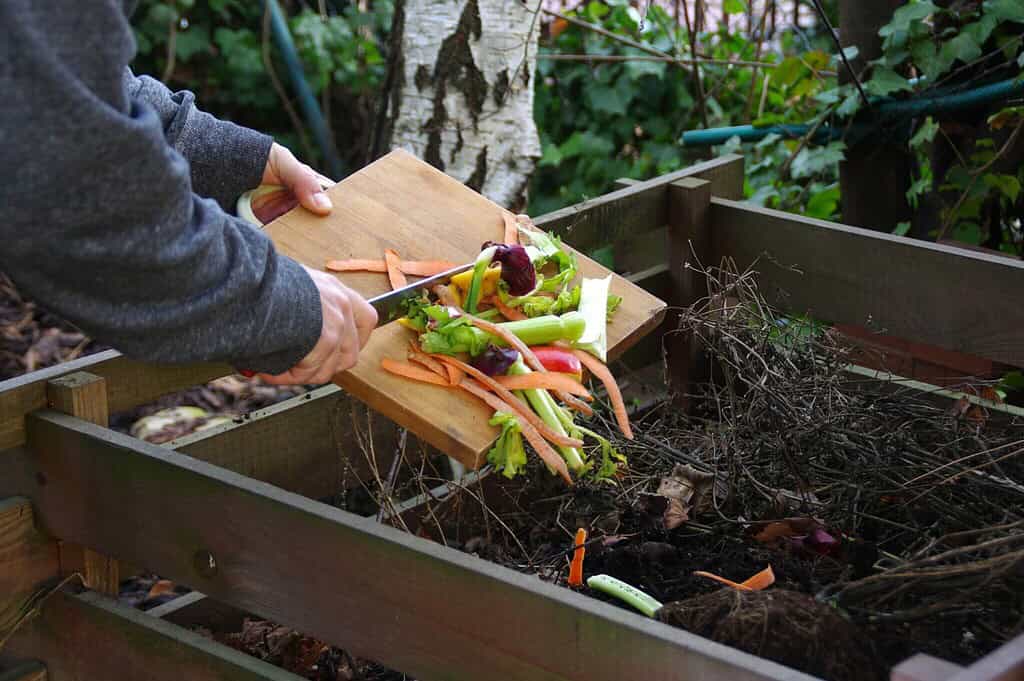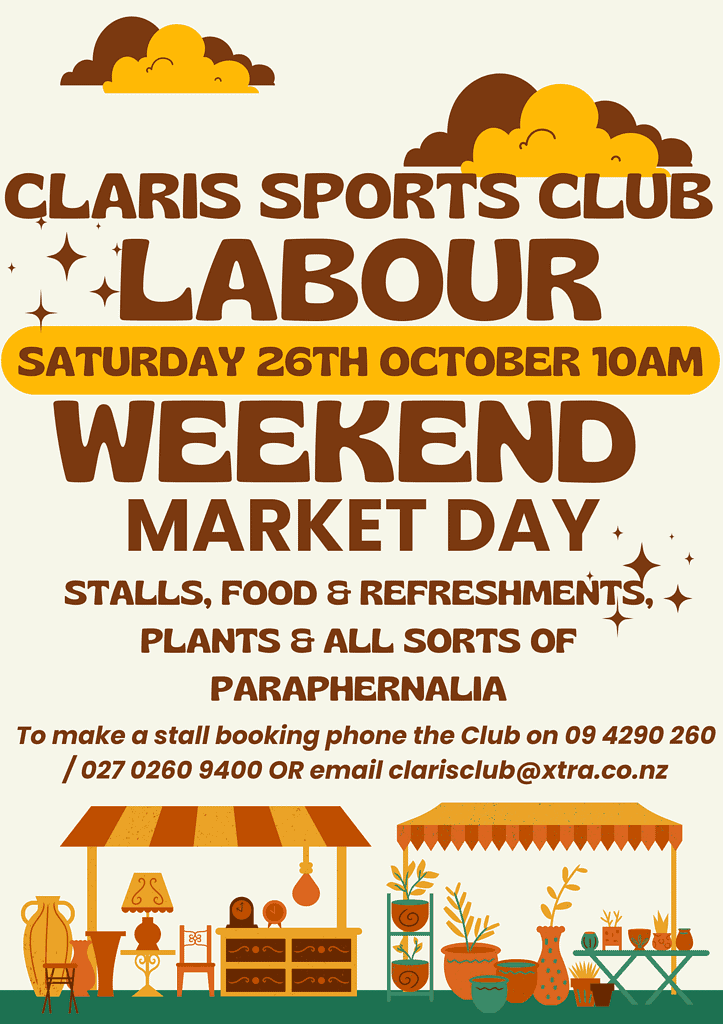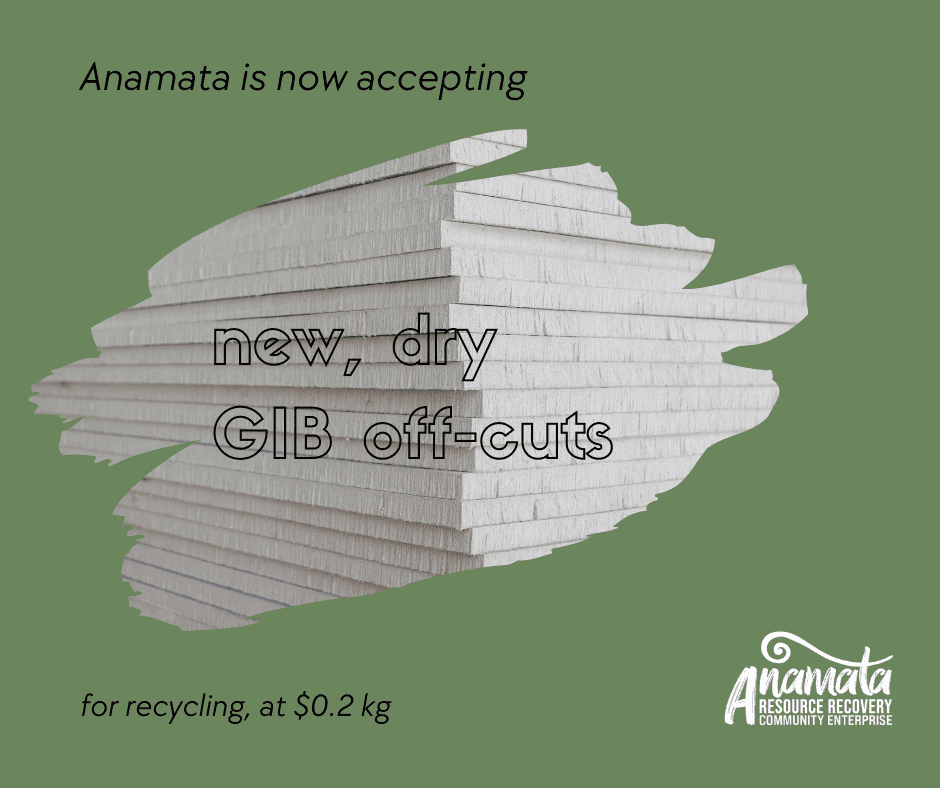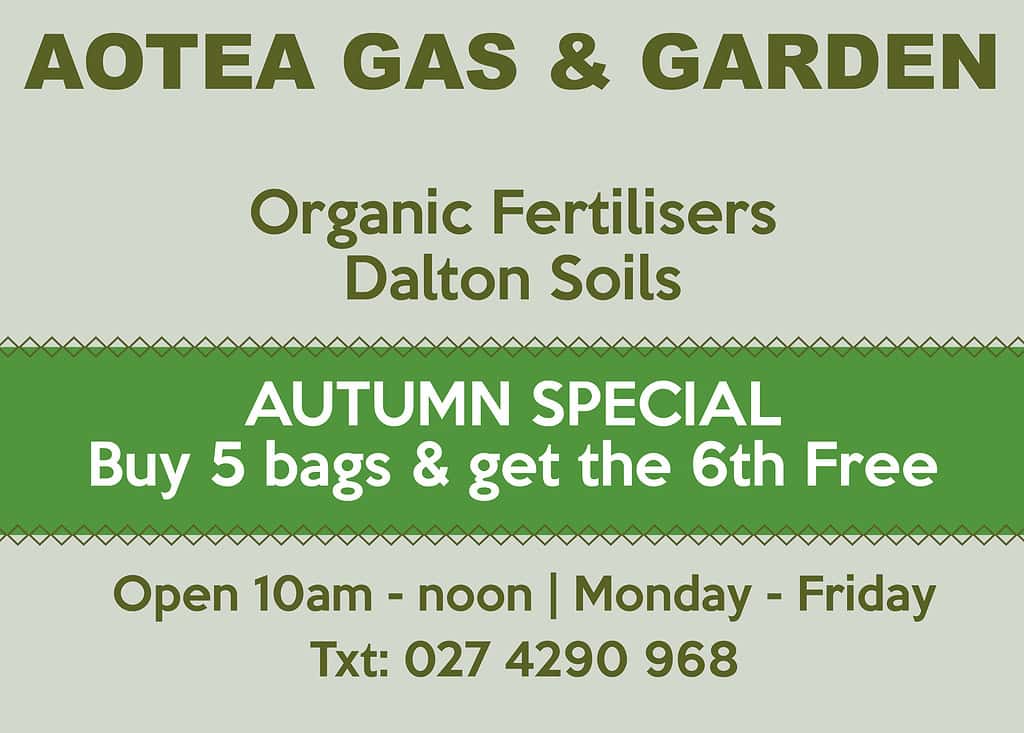This article introduces you to a very useful approach to pest and disease management in your home garden.
This environmentally and ecologically sound approach to pest management arose in the 80’s as a reaction against the indiscriminate use of pesticides in agriculture and horticulture. In those days pesticides would be calendar sprayed,- meaning on a particular date, the chemical was sprayed irrespective of whether there was a high density or low density of the pest. Often the sprays were broad spectrum, killing and affecting far more living things than were actually causing the problem… and in turn caused even more problems. Think DDT.
Sadly a lot of home gardeners have grown up with the same “spray it/kill it ” mentality- just look at the garden aisles in the hardware shops, garden centres and even supermarkets! Full of some pretty nasty chemicals, and the instructions so small you need a magnifying glass to read them.
Although IPM was developed for large scale food production, it is very applicable on the home garden scale too.
IPM rests of four principles: :
(1) maximising plant health and therefore improve pest/disease resistance by paying attention to how, when and where you grow your crops.
(2) use of barriers and mechanical prevention
(3) use of biological control
(4) using chemicals only as a last resort in very specific situations
Observation
IPM relies on first of all being observant in your garden. Notice pests – are they causing significant damage? That means actually being able to recognise those pests and understanding their life cycles!
Once you understand their life cycles and also know about their natural predators and parasites in the environment that already exist, or the conditions that favour that pest or disease, you can already start to change things in favour of the beneficials/health.
Keeping a garden journal can also help you to keep track of things you have done and their effects.
Step 1: Maximise health!
The first principle is to grow healthy plants. Healthy plants will be more resistant to pests and diseases, and will cope more easily with environmental stresses. There are lots of things to think about, and this is what makes a skillful gardener who is always learning!
Seasonality:
Knowing when to plant each type of vegetable. For instance, if you plant out your cucumbers too soon, or in a cold wet spot, they will struggle as they need warm soil to grow well and are likely to get eaten by slugs or get a fungal disease.
On the other hand planting snow peas too late in the season will probably make them susceptible to powdery mildew. They are a cool season crop. We are losing our awareness of the seasons due to year round availability of vegetables like peppers and I have honestly had people asking if they can plant peppers (outside) in May. Many people simply don’t know there are summer vegetables and winter vegetables!
There are often several varieties of each vegetable that are suited to early, mid and late season planting. Lettuces,potatoes and carrots are good examples of this. Remember, the smaller the vegetable variety, the earlier you can plant it, the larger it is, the later you plant it. EG Asian eggplants are thin and long and require less solar energy to grow than their big European counterparts.
Where to plant
Full sun? Partial sun? Full shade? Aspect? Shelter from wind? Use companion plants to create the right environment, for instance tall crops like beans could be planted to create shade for lettuces in summer. Or think of the three sisters: corn, beans and pumpkins, each creating favorable conditions for each other. Planting at the top or the bottom of a slope will affect how moist the soil is, and even its acidity.
Spacing
Especially important in a wet/humid season: overcrowding your plants can encourage foliar diseases.
Watering
Too much or too little can kill your plants – this is especially important in a greenhouse situation. Over watering when it is cold will encourage pythium or damping off of seedlings; a general rule of thumb is to water in the mid morning in winter so the plants have time to dry off before night fall; in summer, watering at the end of the day gives plants time to soak up the water overnight and reduces loss via evaporation.
Understand and work on your soil
Some crops, such as your leafy greens, need much richer soil. Use of compost will both feed and inoculate your soil with beneficial microbes. Adding silica to the soil either through mulch or by using something like diatomaceous earth will strengthen plant cell walls to make them more resistant to pests. Mulching your soil will feed beneficial organisms in the soil such as mycorrhizal fungi and keep the moisture more even.
Right variety
Use varieties that are resistant to pests and diseases that are prevalent in your garden or area, for instance pumpkin varieties that have furry leaves are much more resistant to powdery mildew. There is a lot of negative perception about hybrids, but many have been developed combining characteristics like this to make plants more resistant to common diseases and are very useful. For instance the Zucchini variety Black Coral (F1) is much more resistant to powdery mildew than the open pollinated Black Beauty.
Step 2: Habitat manipulation and mechanical barriers:
For example:
- Planting shelter will reduce wind stress (which encourages aphids)
- Insect mesh can be draped over plants like potatoes, tomatoes and Kumara which are susceptible to the potato/tomato psyllid.
- Putting mulch under your fruit trees can help to disrupt the life cycle of the bronze beetle which pupates in the soil in late summer and emerges again as an adult the following spring, as well as feeding beneficial fungi and retaining soil moisture
- Beer traps for slugs, rat traps, and bird netting are all examples of mechanical interventions
Step 3: Biological control
- The first thing we can do is plant our garden to encourage natural predators and parasites of the pests that bother us, such as aphids, caterpillars and green vegetable bugs. Plants whose flowers offer easy access to nectar, such as the daisy family, the carrot family as well as Alyssum will attract parasitic and predatory wasps, as well as hoverflies, lacewings and ladybirds. Added bonus is the flowers are beautiful, often edible and feed our soul with beauty and scent!.
- By using lots of organic matter and mulch we will encourage beneficial fungi in the soil which will protect the plant roots from pathogens
- We can also introduce beneficials directly such as the Tamarixia wasp for controlling the psyllid (available from BioForce) ; or fungi such as Trichoderma to protect against root diseases; or adding mycorrhizal fungi to soil to enhance plant health.
Step 4: The very last resort, if all else has failed, is chemical control and even then, there are natural options available.
- Neem has an active ingredient called azarodactin which discourages sucking insects such as the green vegetable bug, aphids and whitefly and when ingested it will interfere with their life cycle
- Homemade soap and oil sprays can be used for scale insects
- Caution!! Just because a chemical is natural doesn’t mean it is necessarily harmless.
- Pyrethrum, for example, is a broad spectrum insecticide (ie will kill every insect that comes into contact with it, including bees and all your beneficial insects), so it should only ever be used when it can be guaranteed that no other beneficial will come into contact with it. Only the pest. Spraying it at dusk is generally safer. It may also be wise to net the crop that you have sprayed to stop other insects coming in and touching it.
Other examples of “natural” pest control products which have a broad spectrum effect include derris dust, nicotine based products which paralyse the nervous system of insects, and Yates “Success” based on spinosad. My recommendation: DO NOT USE
I hope this will help you to become more observant and participatory in your garden’s health!!
Words by our brilliant Food Resilience Coordinator, Caity Endt
Join us for one of our upcoming workshops:
